“What is that? It looks like a tomato plant.” This time, it was my friend’s turn to show surprise at the latest addition to my patio garden. I lacked space for some plants in the vegetable plot, so I often improvised with potted veggies. I knew zucchini, eggplant, and green pepper always did well in my big pots. This year, I tried something new and original.
I can’t let my friend have all the original ideas, now, can I?

“It’s more than a tomato plant,” I confessed. “It’s a pomato!” I stood back to admire my grafted hybrid.
“A what?”
“A pomato.” I chuckled. “You can see the tomatoes on the vine, but underneath, it’s full of potatoes.”
“Really?” She looked like she didn’t believe what I was saying. “Are they any good?”
“Yes, of course. Delicious as always, and what a great way to save space when you don’t have room in your veggie patch — or you only have a balcony garden.”
What Is Pomato?
Imagine vines laden with cherry tomatoes — while beneath the soil there’s a substantial crop of white potatoes. Two of my favorite veggies! The pomato, also dubbed the TomTato, or with more humor, the ketchup ‘n’ fries plant, is a grafted plant that brings together tomatoes and potatoes, two members of the Solanum genus of the Solanaceae (nightshade) family. This combination of veggies grows well just about anywhere, but those gardeners with restricted space limitations will appreciate the benefits of growing the pomato in a large pot or growing bag in spaces as small as an apartment balcony. All you need is sun, soil, and water, and the hybrid will take root.
Where It Came From
Surprisingly, a pomato plant is not new. The entire idea of grafting potatoes to tomatoes dates to at least 1833, perhaps even further back.
The pomato is a plant produced by grafting a tomato plant onto a potato plant.

The concept of grafting a tomato onto a potato isn’t new, with some sources tracing it back to the early 19th century. A French gardener in Seine-et-Marne grafted a tomato plant to a potato plant in 1820, and Luther Burbank did the same in the early 1900s. However, commercially available pomato plants created through grafting, have only recently become popular.
How is this possible? Well, the two plants are closely related as they are both part of the Solanaceae family. You can also graft tomatoes to other related plants like eggplants, peppers, and tobacco.
Benefits of Growing Pomato
Why not? Other than the fact that it’s a conversation piece, it does save space in the garden. And it’s very resourceful for water conservation and fertilization. The two plants rely on each other for nourishment and growth while preserving their own unique veggie qualities.
A real bonus to this hybrid plant is that it’s potentially disease-resistant. The potato roots have a natural resistance to some of the more common soil-borne diseases like blights and nematodes, something that might affect the tomatoes, as well as being resistant to various fungi, bacterial, and viral infections. Plus, the potatoes make for a stronger root system that leads to a healthier plant both above and below ground. This would definitely reduce the need for using chemicals. And per square foot of plant space, the yield of produce would be significantly greater.
How to Graft a Tomato to a Potato
This is not a plant you can grow from seed, and it doesn’t grow naturally. The way to produce a pomato is through patient and careful grafting.
- Make a small incision at the stem of each plant and strap them together.
- Let the cuts heal.
- Cut away the leafy tops of the potato plant and the roots of the tomato plant.
- Plant the potato root system in soil, either in a pot or in the ground.
The leaves of the tomato plant will provide nourishment for both the tomatoes and the potatoes, while the potato roots will provide a healthy, stable root system; both plants protecting and nourishing the other in their own way.
Harvesting
The tomatoes are usually ready to harvest after twelve weeks of warm, summer growing conditions, while the potatoes will be ready for digging up after the tomato leaves die back, which is usually in early autumn.
Sci-Fi Creations
Half potato and half tomato, the pomato certainly sounds like something found in a sci-fi story or movie. But this so-called sci-fi creation, an innovative and unusual plant, could help with the world’s growing demands for food as the population explodes and agricultural land space diminishes.
Books
In 1969, Vladimir Voinovich published his novel, “The Life and Extraordinary Adventures of Private Ivan Chonkin” in which a tomato-potato hybrid called “Path to Socialism” or PATS, plays a significant role. Gladyshev (the antagonist) invents the hybrid, but in the story, PATS meets a sad end when it’s eaten by a cow (not sure why a tomato plant would attract a cow to eat it, but it did.) The story presents the hybrid as a failed agricultural innovation and becomes a satirical element of this failure.
Television
Similarly, the popular TV sitcom, The Simpsons (episode “E-I-E-I-Annoyed Grunt”), had Homer Simpson creating a fictional hybrid between the tomato and tobacco plant. He called it the “tomacco.” In this episode, Homer mixed the seeds of the two plants and fertilized them with plutonium. The result was a tomato-looking plant with a brown, tobacco-flavored center and a dreadful taste, and like tobacco, highly addictive.
Buying Pomato Plants
It is possible to purchase pomato plants in some nurseries as well as through online, mail-order horticultural companies. Since 2013, New Zealand and the United Kingdom have spearheaded the production and distribution of pomato hybrids, which they call TomTato (as above) or a DoubleUP Potato Tom.
Final Thoughts
Ta-MAY-tow? Ta-MAH-tow? Pa-TAY-tow? Pa-TAH-tow? The difference in pronunciation falls on the vowel in the second syllable, but does it really matter how you pronounce tomato and potato? The end result is the same, and when you graft the two plants, the name becomes something totally different. Pomato or TomTato or whatever you want to call this hybrid, it makes a great addition to any garden, small or large.






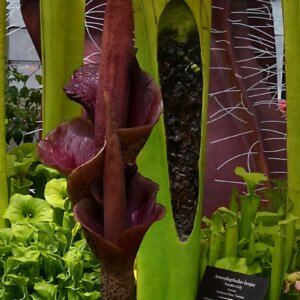



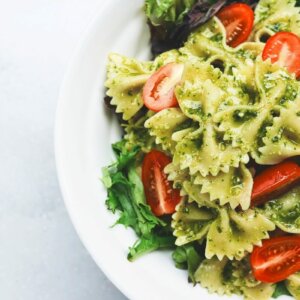



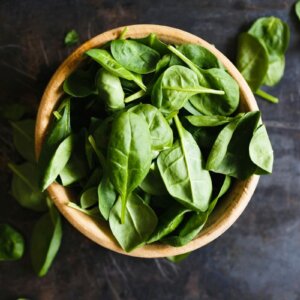






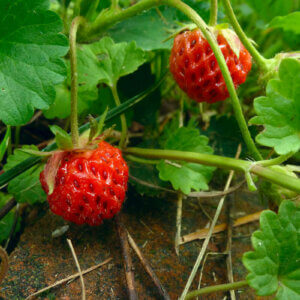




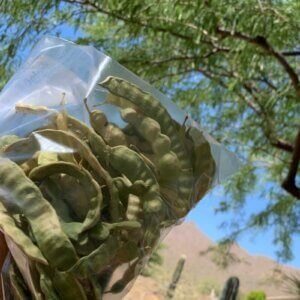





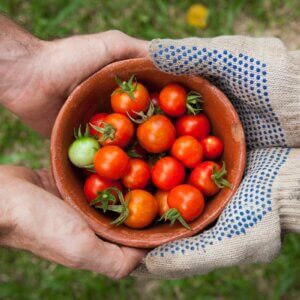




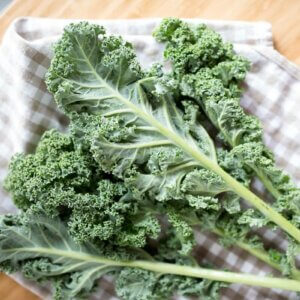



Leave a Reply